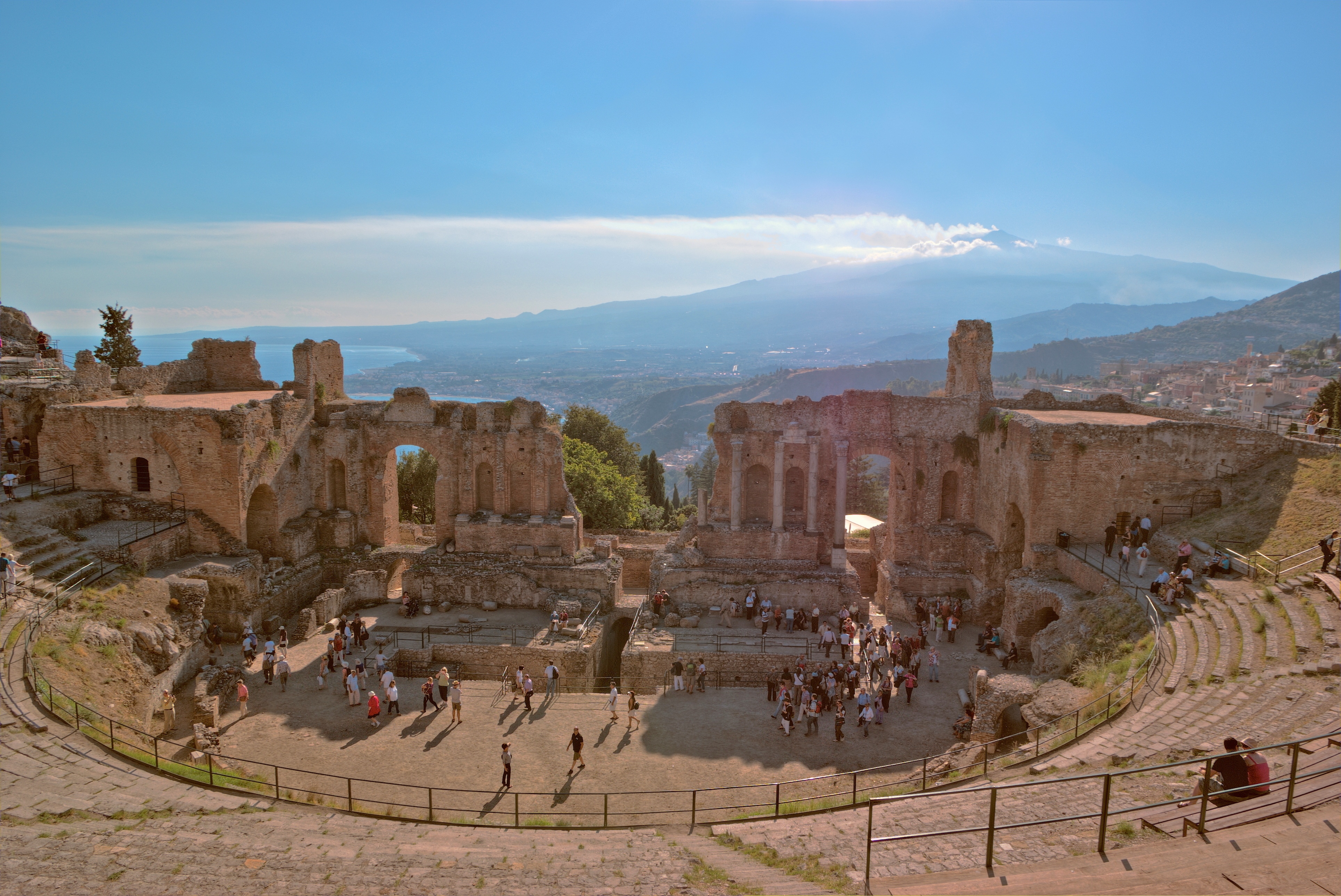|
Stand-up Tragedy
Stand-up tragedy is a style of tragic performance where a performer performs in front of a live audience, speaking directly to them. The goal of Stand-up tragedy is to make the audience members cry. Format Stand-up tragedy performances are usually long and employ the use of various media such as video, audio, highly emotional monologues and rants where the performer recites a fast-paced succession of tragic and disturbing stories. Stand-up tragedy is often performed in bars, nightclubs, private homes, art museums, galleries and universities. History The origin of the term Stand up tragedy is unknown. The comedian Brother Theodore (1906–2001) used the term to describe his comedic act which was dark, and had an absurdist edge. The Beat poet Lawrence Ferlinghetti (1919-2021) often referred to himself as a "stand-up tragedian", and performance artist Bryan Lewis Saunders Bryan Lewis Saunders (born 1969, in Washington, D.C.) is an endurance artist, a performance artist, videogr ... [...More Info...] [...Related Items...] OR: [Wikipedia] [Google] [Baidu] |
Brother Theodore
Theodore Isidore Gottlieb (November 11, 1906 – April 5, 2001), mostly known as Brother Theodore, was a German-born American actor and comedian known for rambling, stream-of-consciousness monologues which he called "stand-up tragedy". He was described as "Boris Karloff, surrealist Salvador Dalí, Nijinsky and Red Skelton…simultaneously". Biography Early years Gottlieb was born into a wealthy Jewish family in Düsseldorf, in the Rhine Province, where his father was a magazine publisher. He attended the University of Cologne. At age 32, under Nazi rule, he was imprisoned at the Dachau concentration camp until he signed over his family's fortune for one Reichsmark. After being deported from Switzerland for chess hustling, he went to Austria where Albert Einstein, a family friend, helped him emigrate to the United States. In USA He worked as a janitor at Stanford University, where he demonstrated his prowess at chess by beating 30 professors simultaneously, and later becam ... [...More Info...] [...Related Items...] OR: [Wikipedia] [Google] [Baidu] |
Lawrence Ferlinghetti
Lawrence Monsanto Ferlinghetti (March 24, 1919 – February 22, 2021) was an American poet, painter, social activist, and co-founder of City Lights Booksellers & Publishers. The author of poetry, translations, fiction, theatre, art criticism, and film narration, Ferlinghetti was best known for his second collection of poems, '' A Coney Island of the Mind'' (1958), which has been translated into nine languages and sold over a million copies. When Ferlinghetti turned 100 in March 2019, the city of San Francisco turned his birthday, March 24, into "Lawrence Ferlinghetti Day". Early life Ferlinghetti was born on March 24, 1919, in Yonkers, New York. Shortly before his birth, his father, Carlo, a native of Brescia, died of a heart attack; and his mother, Clemence Albertine (née Mendes-Monsanto), of Portuguese Sephardic Jewish descent, was committed to a mental hospital shortly after. He was raised by an aunt, and later by foster parents. He attended the Mount Hermon School for Boys ... [...More Info...] [...Related Items...] OR: [Wikipedia] [Google] [Baidu] |
Bryan Lewis Saunders
Bryan Lewis Saunders (born 1969, in Washington, D.C.) is an endurance artist, a performance artist, videographer, performance poet, and self-portrait painter known for his disturbing spoken word rants, tragic art performances and stand-up tragedy. Career On March 30, 1995, Saunders began drawing at least one self-portrait every day for the rest of his life. For 11 days in 2001, Saunders conducted an experiment in which he ingested or inhaled a different intoxicant every day and created a self-portrait under the influence documenting the effects of his altered perception. On May 16, 2010 Saunders performed in the Palau de la Virreina as part of the International Poetry Festival in Barcelona alongside Bibbe Hansen, Eugene S. Robinson and Lydia Lunch as "The Ugly Americans". In January 2011, a selection of the drug induced self-portraits presented online went viral. In 2003, Saunders began sleeping with a cassette recorder and documenting both his dreams and somniloquy which led to ... [...More Info...] [...Related Items...] OR: [Wikipedia] [Google] [Baidu] |
Tragedy
Tragedy (from the grc-gre, τραγῳδία, ''tragōidia'', ''tragōidia'') is a genre of drama based on human suffering and, mainly, the terrible or sorrowful events that befall a main character. Traditionally, the intention of tragedy is to invoke an accompanying catharsis, or a "pain hatawakens pleasure", for the audience. While many cultures have developed forms that provoke this paradoxical response, the term ''tragedy'' often refers to a specific tradition of drama that has played a unique and important role historically in the self-definition of Western civilization. That tradition has been multiple and discontinuous, yet the term has often been used to invoke a powerful effect of cultural identity and historical continuity—"the Greeks and the Elizabethans, in one cultural form; Hellenes and Christians, in a common activity," as Raymond Williams puts it. From its origins in the theatre of ancient Greece 2500 years ago, from which there survives only a ... [...More Info...] [...Related Items...] OR: [Wikipedia] [Google] [Baidu] |
Theatrical Genres
Theatre or theater is a collaborative form of performing art that uses live performers, usually actors or actresses, to present the experience of a real or imagined event before a live audience in a specific place, often a stage. The performers may communicate this experience to the audience through combinations of gesture, speech, song, music, and dance. Elements of art, such as painted scenery and stagecraft such as lighting are used to enhance the physicality, presence and immediacy of the experience. The specific place of the performance is also named by the word "theatre" as derived from the Ancient Greek θέατρον (théatron, "a place for viewing"), itself from θεάομαι (theáomai, "to see", "to watch", "to observe"). Modern Western theatre comes, in large measure, from the theatre of ancient Greece, from which it borrows technical terminology, classification into genres, and many of its themes, stock characters, and plot elements. Theatre artist Patrice ... [...More Info...] [...Related Items...] OR: [Wikipedia] [Google] [Baidu] |


